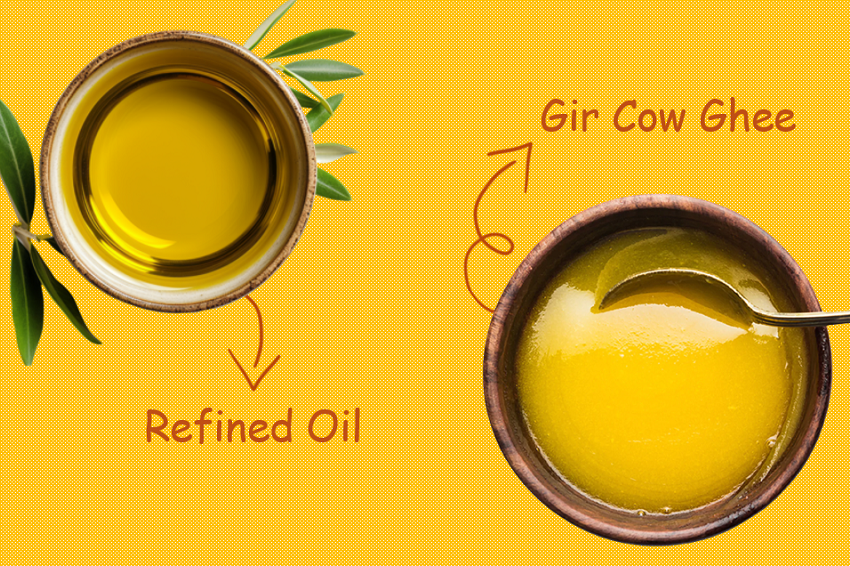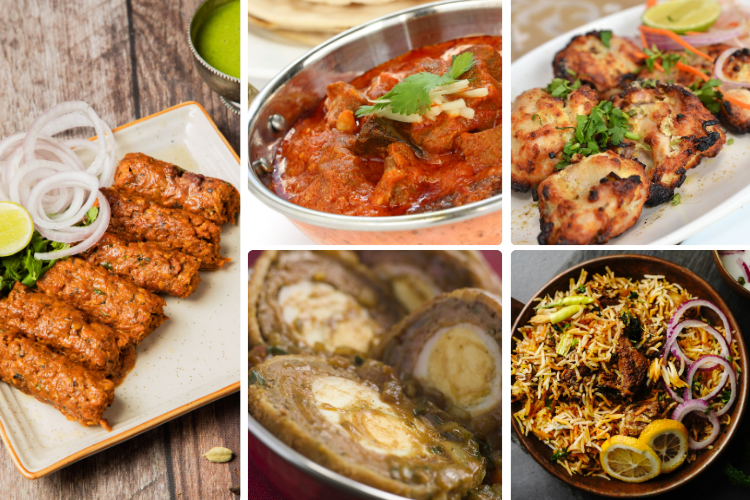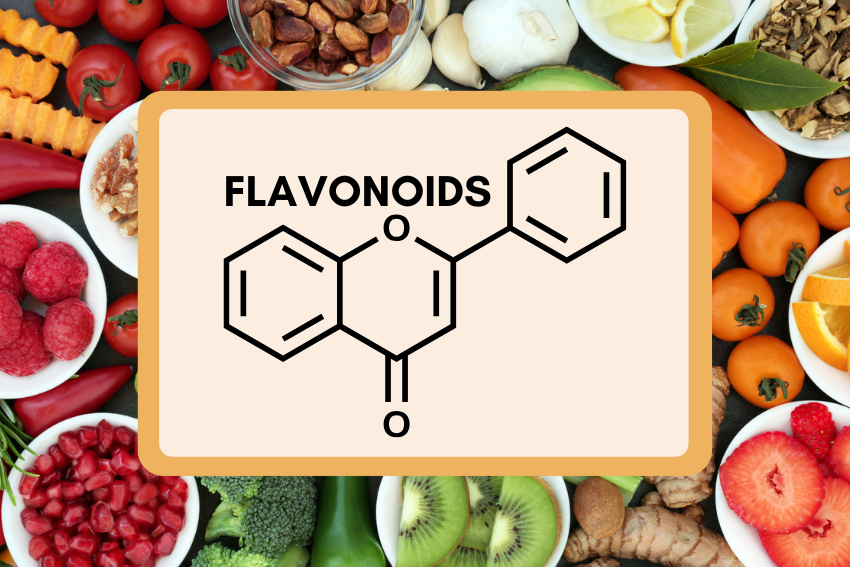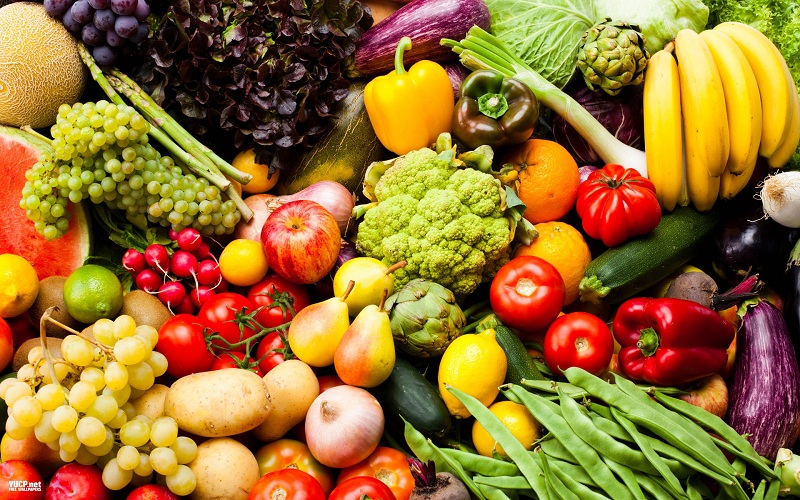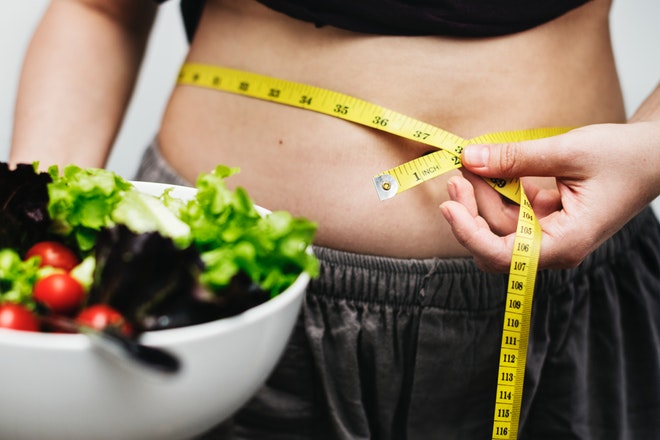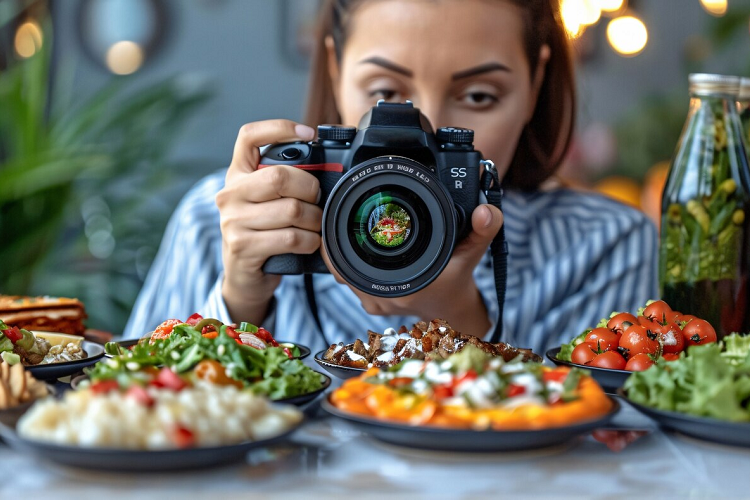When making our favorite delicious meals, we sometimes add food coloring to them to enhance their beauty and appeal. This is especially true for specific dishes, some of which are even considered incomplete without the proper food coloring.
However, most of us do not know whether the food coloring dyes we use in our meals are natural or artificial. As such, we may be using artificial dyes, which can harm human health.
In this article, we will talk about where these food coloring dyes are used, different forms of food dyes, the differences between natural food coloring dyes and artificial food coloring dyes, and what they both are made from; along with that, we will also suggest a good brand for all your natural food dyeing needs.
Uses of Food Dyes
Unlike what many might believe, food dyes are used in a variety wider than you would think. Let’s get the obvious out of the way, anything exotic colored, like sparkling pink, uses food coloring; cereals, candies, biscuits, and processed foods use dyes often, but were you aware that ice creams, some fruits, syrups, bread, and even popcorn use food dyes.
All this would not be a problem if the dyes used were natural or plant-based because artificial dyes can be carcinogenic and still be used in some foods because of loopholes in the law. Natural food dyes are extracted, or manufactured directly from plants, making them a much healthier alternative to artificial dyes.
Natural Food Dyes Sources
A lot of the food colors you use are most likely artificially manufactured, meaning they were derived from harmful sources. Believe it or not, you can use natural dyes with the same colors, though their sources will be shockingly different.
For example,
- For the orange color, you can use carrots.
- For red color, you can use Beets and Tomatoes.
- Green color can be made from spinach.
- For blue, you can mix baking soda and red cabbage.
- For yellow, you can use saffron or turmeric as sources.
- For purple, Blueberries and purple sweet potatoes make a great source.
- For brown color, you can use coffee, tea, and cocoa beans.
Artificial Food Dyes Sources
Buckle in; this is about to get nasty. The shocking truth is that most artificial food dyes nowadays are driven by petroleum or crude oil. In the earlier days, artificial food dyes used coal tar as a source, which, by the way, comes from coal, yeah, that coal. Obviously, that did not last long.
Artificial food dyes, such as Red 40, Yellow 5, and Yellow 6, may contain some of the contaminants which cause cancer, and these dyes are still used in foods. Now, this is not to say that natural food dyes are saints; no, not at all, but they are much better than artificial dyes, which are produced solely for lower costs and longer shelf life.
Also, the downside of natural food coloring dyes is that they may cause allergic reactions, not cancer.
Forms of Food Dyes
Again, contrary to popular belief, food dyes, whether natural or artificial, is not only available in liquid or powder form only. There are also micronized powders, which are basically minuscule powders with reduced particle size; this allows for more even coloring. There are also fat-based oil dispersible colors, which are commonly used for coatings and salad dressings. Another form is certified organic food dyes, which are up to EU standards.
Applications of Natural Food Dyes
Natural food coloring dyes, despite being different from artificial dyes, have a wide range of uses as well; for starters, natural or plant-based dyes are used in beverages, such as juices, alcoholic drinks, vitamin drinks, teas, syrups, and sparkling drinks.
Secondly, they are used in baking cakes and bread. Following that, cereal bars and extruded cereals also use natural dyes. Furthermore, a very wide variety of candies, or confectioneries, can and do use natural food dyes, ranging from soft gummies to hard tablets to soft and hard-panned ones. Even dairy products like milk and cheese can also use these natural dyes.
Decorative sugars, popsicles, ice creams, fruit fillings, like jellies, noodles, pickles, seasoning, alongside blends, soups, processed meats, and salad dressings also use natural food dyes. Sometimes, even supplements, like multivitamins, can be given a special color using natural dyes.
Recommendation For Natural Food Dyes
As promised, we have picked one of the best brands for your natural food dyeing needs. To you, we offer, ExBerry, which manufactures its solutions using natural sources and is completely plant-based. They offer all the things we mentioned in natural food dye above.

